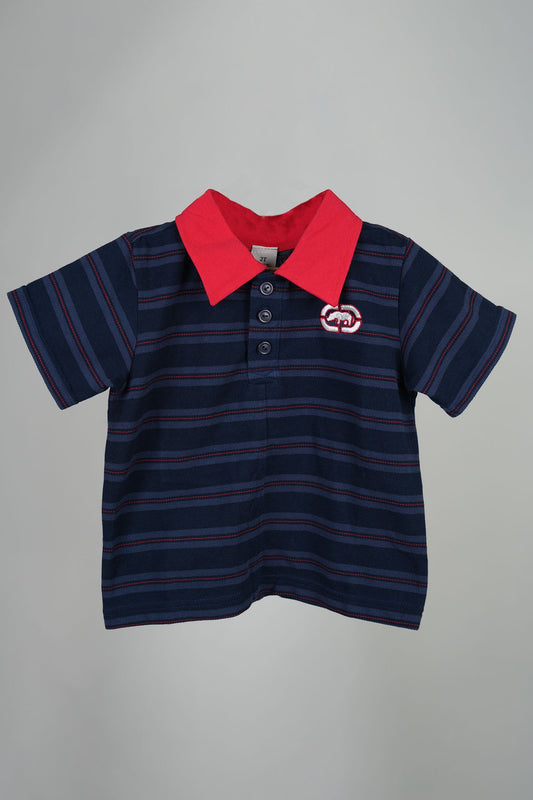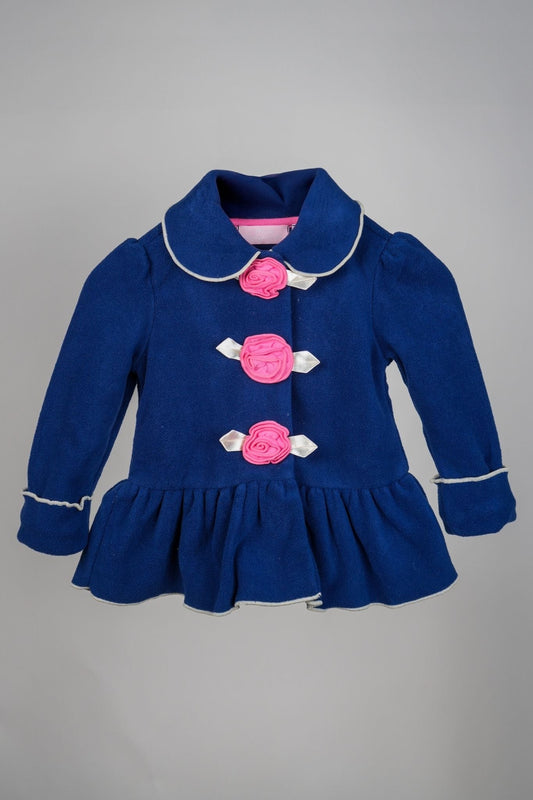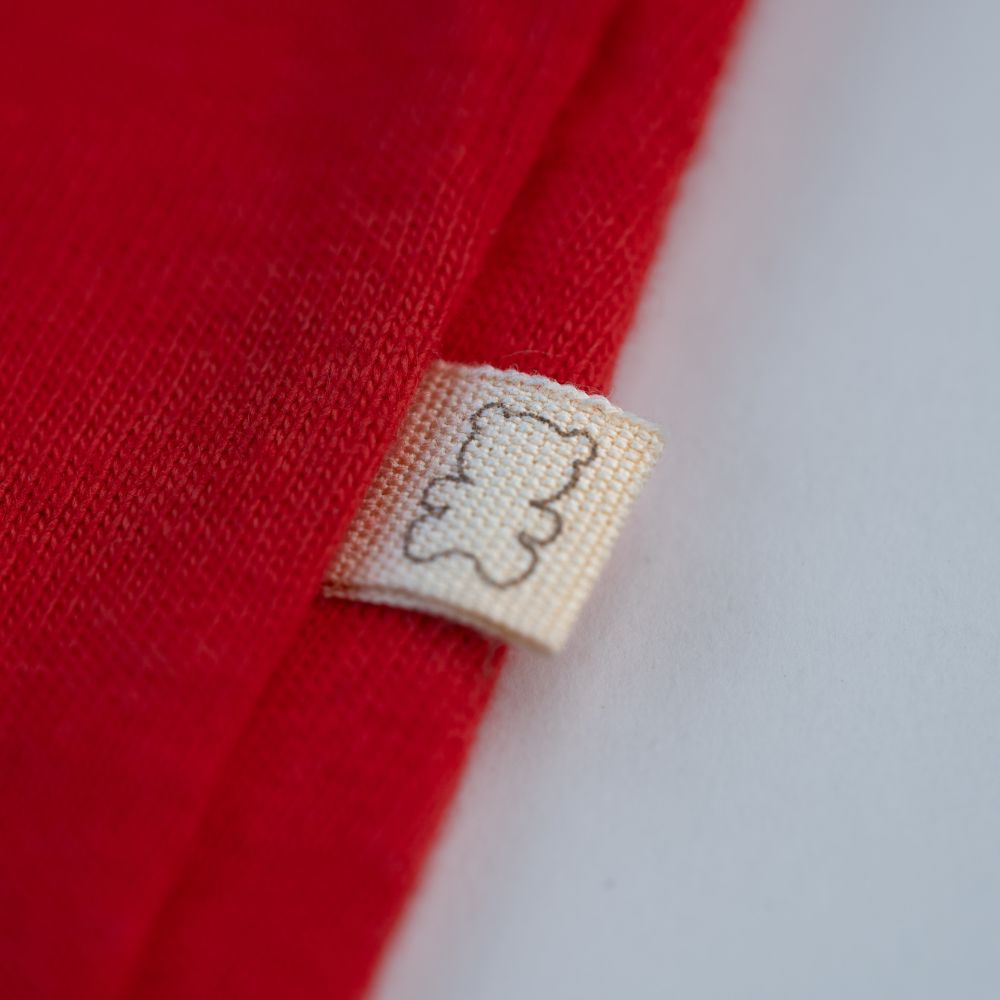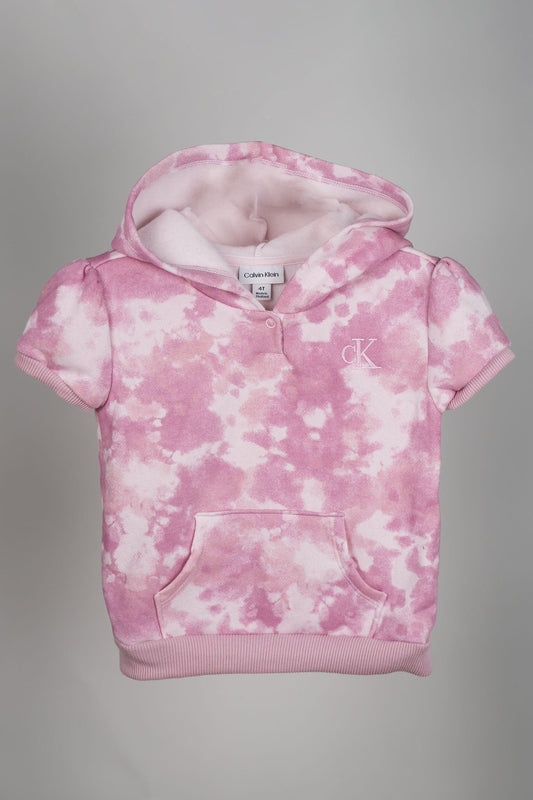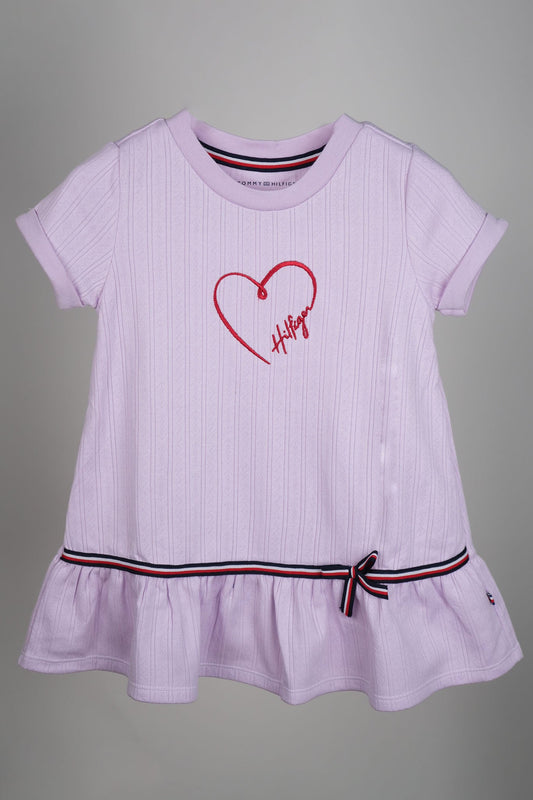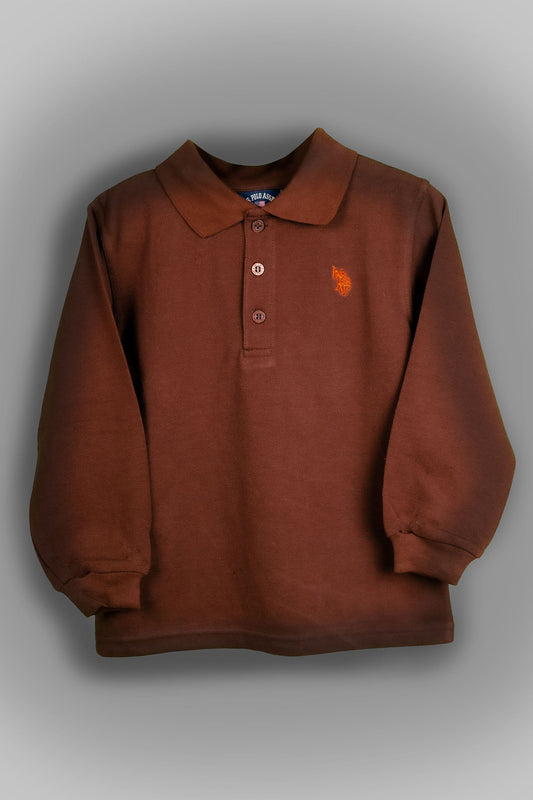How Western Clothing has impacted the Kids’ Fashion Industry of Pakistan
Ancient Roots of Kids’ Fashion in the Subcontinent
The history of children's clothing in the Indian subcontinent is as rich and diverse as the cultures that have thrived in the region for millennia. From the earliest civilizations to the present day, the clothing of children has been shaped by a tapestry of traditions, customs, and influences unique to the subcontinent.
In the ancient Indus Valley Civilization, which flourished over 4,000 years ago in present-day Pakistan, archaeological discoveries have revealed insights into the clothing worn by children. Artifacts such as terracotta figurines and seals depict children adorned in simple garments made from locally sourced materials like cotton and wool. These garments likely served as protection from the elements and were tailored to the needs of the region's warm climate.
During the medieval period, the clothing of children in the Indian subcontinent began to reflect the cultural and religious influences of the era. For example, Mughal rulers introduced luxurious fabrics like silk and brocade into children's clothing, while Hindu and Muslim traditions influenced the styles and designs of garments worn by children in different regions.
Impact of West on Pakistani Children fashion
The prevalence of Western clothing for children in Pakistan has been a notable phenomenon, shaped by a variety of factors including globalization, urbanization, media influence, and changing societal norms. The impact of Western clothing trends on Pakistani children's fashion has been profound, influencing not only the styles and designs of clothing but also perceptions of modernity, identity, and cultural values.
Globalization and Media Influence:
The increasing interconnectedness of the world through globalization has facilitated the exchange of ideas, cultures, and fashion trends between Western countries and Pakistan. Western clothing styles, ranging from casual jeans and t-shirts to formal suits and dresses, have gained popularity among Pakistani children, particularly in urban centers and affluent communities where exposure to Western media and lifestyle influences is more prevalent.
The rise of digital media platforms, television, and social media has played a significant role in disseminating Western fashion trends to Pakistani audiences, especially children and adolescents who are avid consumers of popular culture. Celebrities, influencers, and fashion icons from Western countries often set the tone for fashion trends, inspiring Pakistani children to emulate their styles and adopt Western clothing as a means of self-expression and identity formation.
Urbanization and Lifestyle Changes:
As Pakistan undergoes rapid urbanization and modernization, urban centers such as Karachi, Lahore, and Islamabad have become hubs of Western-style shopping malls, boutiques, and fashion outlets catering to diverse consumer tastes. The convenience and accessibility of Western clothing brands and retailers have made it easier for Pakistani parents to dress their children in Western-inspired attire, reflecting aspirations for upward mobility, cosmopolitanism, and global citizenship. In Pakistani society, Western clothing is often associated with notions of modernity, sophistication, and affluence, symbolizing cosmopolitan lifestyles and globalized identities. Parents may dress their children in Western clothing as a way of signaling social status, cultural cosmopolitanism, and aspirations for upward mobility, particularly in urban, middle-class families seeking to align with global fashion trends and lifestyle norms.
Cultural Adaptation and Hybridity:
Despite the prevalence of Western clothing trends, Pakistani children's fashion also exhibits elements of cultural adaptation and hybridity, blending Western styles with traditional garments and motifs to create unique and eclectic looks. For example, children may wear jeans paired with traditional Pakistani accessories as kurtas, reflecting a fusion of East and West.
In conclusion, the prevalence of Western clothing for children in Pakistan reflects a complex interplay of globalization, media influence, urbanization, and cultural dynamics. While Western fashion trends continue to shape Pakistani children's clothing styles and preferences, the fusion of Western and traditional elements underscores the richness and diversity of Pakistani fashion, offering children a range of options to express their individuality and cultural identity in an increasingly globalized world.
Challenges in Accessing Quality International Brands in Pakistan
Despite the prevalence of Western clothing trends in Pakistan, the persistent problem of the lack of quality International brands in the country remains a significant challenge for consumers, particularly those seeking access to renowned labels such as Calvin Klein, Paul Frank, and Tommy Hilfiger. The absence of dedicated retail outlets for these brands in Pakistan limits consumers' choices and access to high-quality Western clothing options, resulting in several implications for the Pakistani fashion industry and consumers alike.
Limited Access to Global Fashion Trends & Dependency on Counterfeit products
The absence of flagship stores and authorized retailers for these brands in Pakistan restricts consumers' access to the latest global fashion trends and collections. Pakistani fashion enthusiasts, including children and parents seeking them, often resort to purchasing these brands through international online retailers or during overseas travel, which can be costly, inconvenient, and limited in selection.
The lack of authentic retail channels for these brands in Pakistan has led to the proliferation of counterfeit products and unauthorized replicas in local markets. Counterfeit clothing not only compromises quality and authenticity but also undermines the reputation and integrity of genuine brands, posing risks to consumers in terms of product safety, durability, and ethical sourcing practices.
Gap in Premium Market Segment
The absence of World’s premium brands in Pakistan creates a gap in the market for high-quality, aspirational fashion offerings. Pakistani consumers, particularly those with disposable income and a penchant for luxury and sophistication, are left with limited choices when it comes to premium clothing options, leading to missed opportunities for retailers and brands to capitalize on this lucrative segment. The lack of presence of global brands in Pakistan's retail landscape has implications for the overall competitiveness and diversity of the fashion industry. Moreover, the high cost and inconvenience associated with purchasing international brands from overseas retailers pose logistical challenges for Pakistani consumers. Shipping fees, import duties, and lengthy delivery times can significantly increase the overall cost and complexity of ordering online from international platforms like Amazon or Alibaba. Additionally, navigating customs clearance procedures and potential delays further exacerbate the challenges of accessing quality international brands in Pakistan, discouraging some consumers from pursuing their desired purchases.
Explore Mixmax's Renowned International Brands: Quality Fashion for Babys/Toddlers
At Mixmax, we understand the frustrations faced by quality-conscious Pakistani parents due to the lack of access to renowned Western brands for their baby’s needs. That's why we're committed to filling this gap by offering an affordable and curated selection of high-quality brands such as Calvin Klein, Paul Frank, and Tommy Hilfiger exclusively online. By bringing these prestigious brands to the fingertips of Pakistani parents, we aim to provide a convenient and hassle-free shopping experience, saving them the trouble of searching for authentic products in international markets or resorting to counterfeit alternatives and that too at a very reasonable price.
With Mixmax's delivery service covering all regions of Pakistan, parents no longer need to bear the hassle of ordering baby clothes from global platforms like Amazon or Alibaba, as Amazon doesn’t offer its services in Pakistan while Alibaba can take months to deliver your product. We also understand the challenges and uncertainties associated with overseas shipping, customs clearance, and delivery logistics. That's why we've streamlined the process, ensuring that parents can easily browse, select, and order their favorite International brands for their babies and toddlers with confidence and convenience. Whether you're in Karachi, Lahore, Islamabad, or anywhere in between, Mixmax delivers quality clothing straight to your doorstep, saving you time, effort, and the hassle of international transactions.
Goodluck Shopping!
If you're curious to learn more about the international brands available at Mixmax, be sure to check out our detailed blog post highlighting each renowned label, including Calvin Klein, Paul Frank, and Tommy Hilfiger. Explore the unique styles and quality craftsmanship behind these iconic brands and discover why they're favorites among quality-conscious Pakistani parents.
Click here to dive into the world of international fashion for babies!
